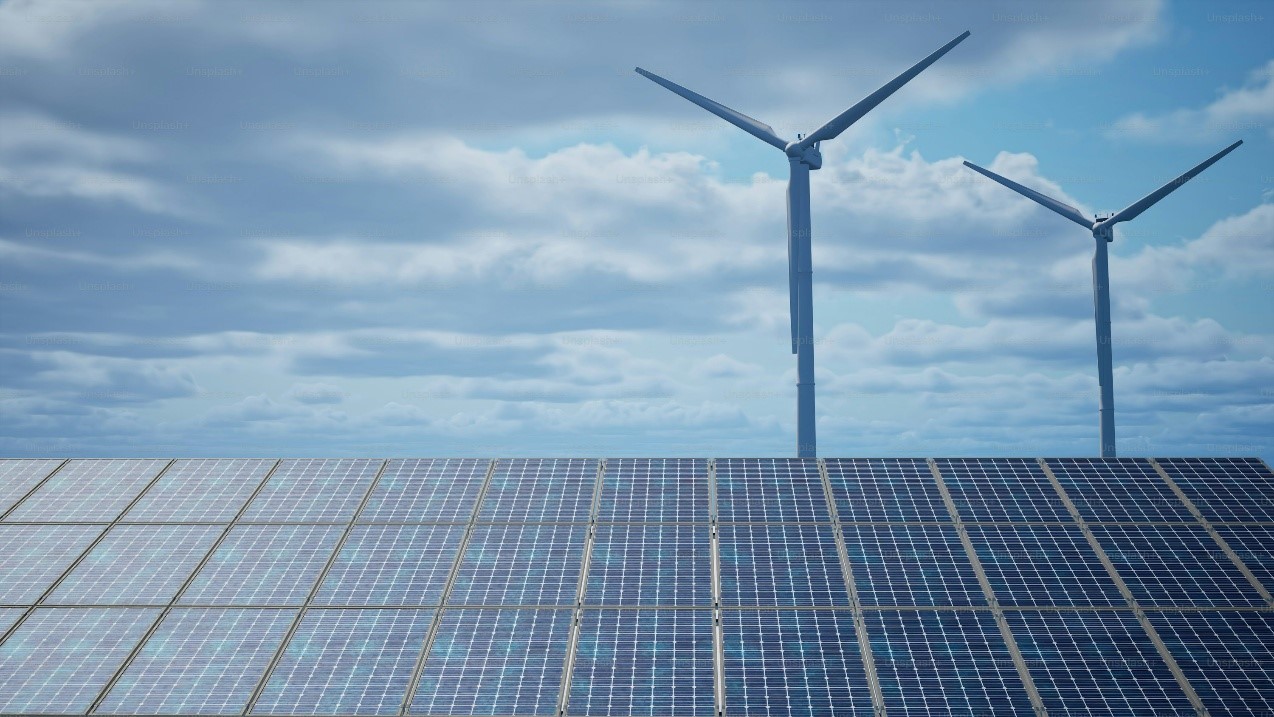speakers at the opening ceremony for the 23rd edition of ipackima in milan discuss emerging packaging technologies, including hpp, plantbased materials, and sustainability.by anne marie mohan, senior editor, packaging worldas the curtain rose on the 23rd edition of the ipackima processing & packaging show this week in milan, an opening ceremony highlighted the importance of the packaging industry in italy as well as provided an opportunity to speculate on the future of packaging.the 2015 event is joined by three new vertical shows that focus on fresh food processing&mdashmeattech, dairytech, and fruit innovation for fruit and vegetables&mdashin addition to the converflex package printing and labeling show and intralogistica italia, for material handling. ipackima reports that approximately 2,000 exhibitors are in attendance, onethird of which hail from outside of italy. the six shows spread out across 11 halls and 160,000 sq m at the fiera milano expo center.opening the event, ipackima ceo guido corbella emphasized the importance of packaging for italy. &ldquopackaging and the processing technologies upstream of it are among italy&rsquos top industries. supply chain companies generate business for over &euro40 billion, export an average of more than threefourths of total production, and employ 150,000 people. three years ago employees numbered 143,000, showing that in spite of the crisis, the supply chain thrives and generates employment. it is here, in instrumental mechanics, that the future of the country is played out. we need more technicians, more engineers. we need to cultivate technological excellence, but to do this, we need to invest in education and adequate job contracts.&rdquoipackima&rsquos inaugural ceremony also provided the chance for a broader reflection on the packaging of the future, outlined by carlo ratti, curator of the future food district of expo milan 2015&mdashthe world&rsquos fair being held until oct. 31, also at fiero milano&mdashand marco pedroni, president of coop italia and ipackima 2015.according to ratti, in a not very distant future, just by reaching out for a product, special screens will display complete, immediately readable, clear information on that product&rsquos origin, history, processing stages, environmental and nutritional characteristics, and mode of use. the old label will remain, but it will be joined by an additional, more complete virtual one. it&rsquos the union of the physical and digital world, which will make it possible for consumers to shop more consciously, said ratti.for pedroni, the technology of the future means producing better product. highpressure technology capable of extending a product&rsquos bestbefore date without using preservatives or high temperatures is already being tested today, he said, with italy at the forefront of research. applying a pressure six times greater than the one at the bottom of the marianas trench kills bacteria but not enzymes. the result it makes pesto better, healthier, and easier to export.the same center studying highpressure processing&mdashthe parma experimental station of preserves&mdashis also researching ways to produce packaging from agricultural products for those same products, he added. from tomato peels they have developed an ecofriendly paint to coat the interior of cans for peeled tomatoes, tomato sauce, and tomato puree.the future of packaging also includes greater attention to the environment, including lightweight packaging that reduces plastic, paper, metal, and glass recyclable packaging biodegradable packaging packages that optimize space by eliminating empty spaces and packages that help consumers dose products correctly and reseal packages to prevent waste. 







